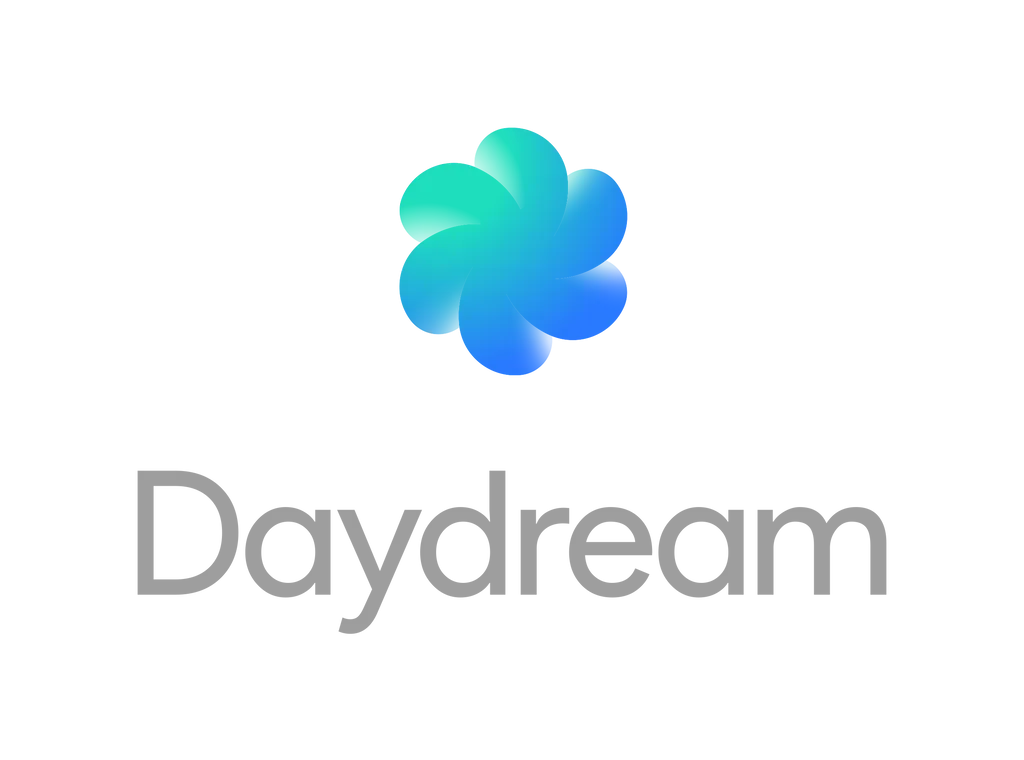Animation, whether within games or films, can be an expensive and complex process. With VR, however, it needn’t be either of those things any longer.
That’s what Google believes with its new Daydream platform for mobile VR. Writing in a new blog post this week, Google VR Software Engineer Rob Jagnow showcased two examples of how VR can be used to quickly and affordably animate a scene using VR headsets. The first (seen below) is a very simple and intuitive process of simply using motion controllers to record you picking up objects, acting out the actions you want them to perform, and them playing back to watch the props move without your influence. It’s a simply, if somewhat limited way to animate a scene.
The second example is a little more complex. The video presents a skeleton that the user animates by grabbing individual joints and pulling them in different directions. By stacking these actions on top of each other, the user is able to effectively animate the skeleton, getting it to dance around. Jagnow noted that these new opportunities that VR presents wouldn’t replace professional tools any time soon, but would allow “anyone to tell their own stories”.
“There are many examples of using VR for storytelling, especially with video and animation, and we’re excited to see new perspectives as more creators share their stories in VR,” Jagnow said.
Both of these examples were captured within Daydream Labs, Google’s experimental VR software that does indeed act as a laboratory of sorts for finding the strengths and weaknesses of VR. You can expect to be able to play around with this VR toy box yourself when the first Daydream ready phones start to roll out later this year. Along with the handsets, companies will be producing a set of Daydream-approved headsets for you to view content on, complete with a motion controller that also matches a specific set of specs.
Daydream isn’t going to revolutionize Hollywood animation any time soon, but it could give you your first steps into that world.





























